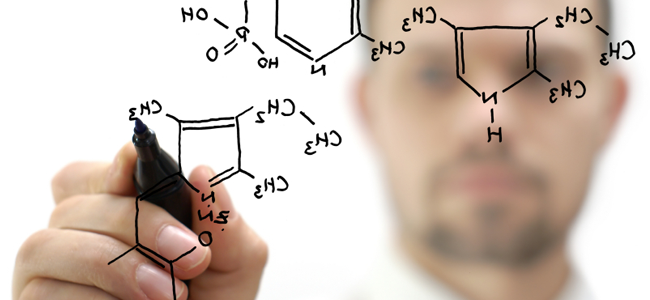TRICARBOXYLIC ACID CYCLE
- For each acetyl CoA pushed through the TCA cycle, how much of the following molecules are produced:
- NADH? Three
- FADH2? One
- CO2? Two
- Guanosine triphosphate (GTP)? One
- How much ATP is produced per acetyl CoA pushed in the TCA cycle?(NADH=3 ATP & FADH=2ATP)
- 12 ATP (2 × everything per glucose)
- What reaction does citrate synthase catalyze?
Oxaloacetate + acetyl CoA → citrate - The presence of what molecule inhibits citrate synthase?
- ATP (demonstrates there is a sufficient amount of energy in the cell)
- What reaction does isocitrate dehydrogenase catalyze?
- Isocitrate + NAD+ → α-ketoglutarate + CO2 + NADH
- What molecules inhibit isocitrate dehydrogenase?
- ATP, NADH
- The presence of what molecule activates isocitrate dehydrogenase?
- ADP
- What enzyme catalyzes the formation of succinyl CoA from α-ketoglutarate?
- α-Ketoglutarate dehydrogenase
- This enzyme requires what cofactors in order to function?
- Vitamins B1, B2, B3, and B5 and lipoic acid
- The formation of succinyl CoA also releases what molecules?
- NADH, CO2
- What molecules inhibit the aforementioned enzyme?
- Succinyl CoA, NADH, ATP
- The formation of what molecule in the TCA cycle results in GTP liberation?
- Succinate (via succinyl-CoA thiokinase)
- The formation of what molecule in the TCA cycle results in FADH2 liberation?
- Fumarate (via succinate dehydrogenase)
- What reaction does malate dehydrogenase catalyze?
- Malate + NAD+ → oxaloacetate + NADH
- Is the reaction that malate dehydrogenase catalyzes reversible?
- Yes (important in gluconeogenesis)

